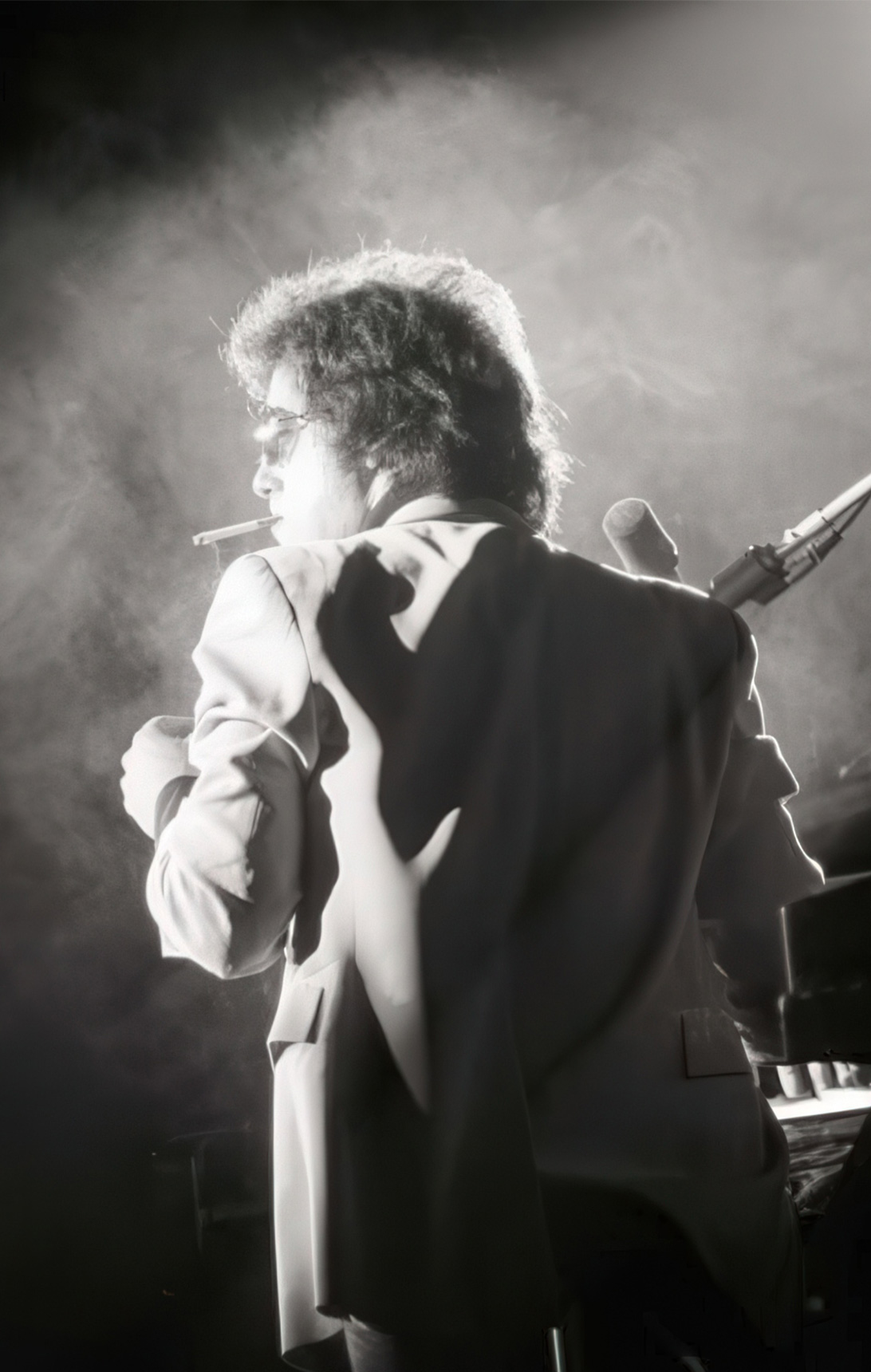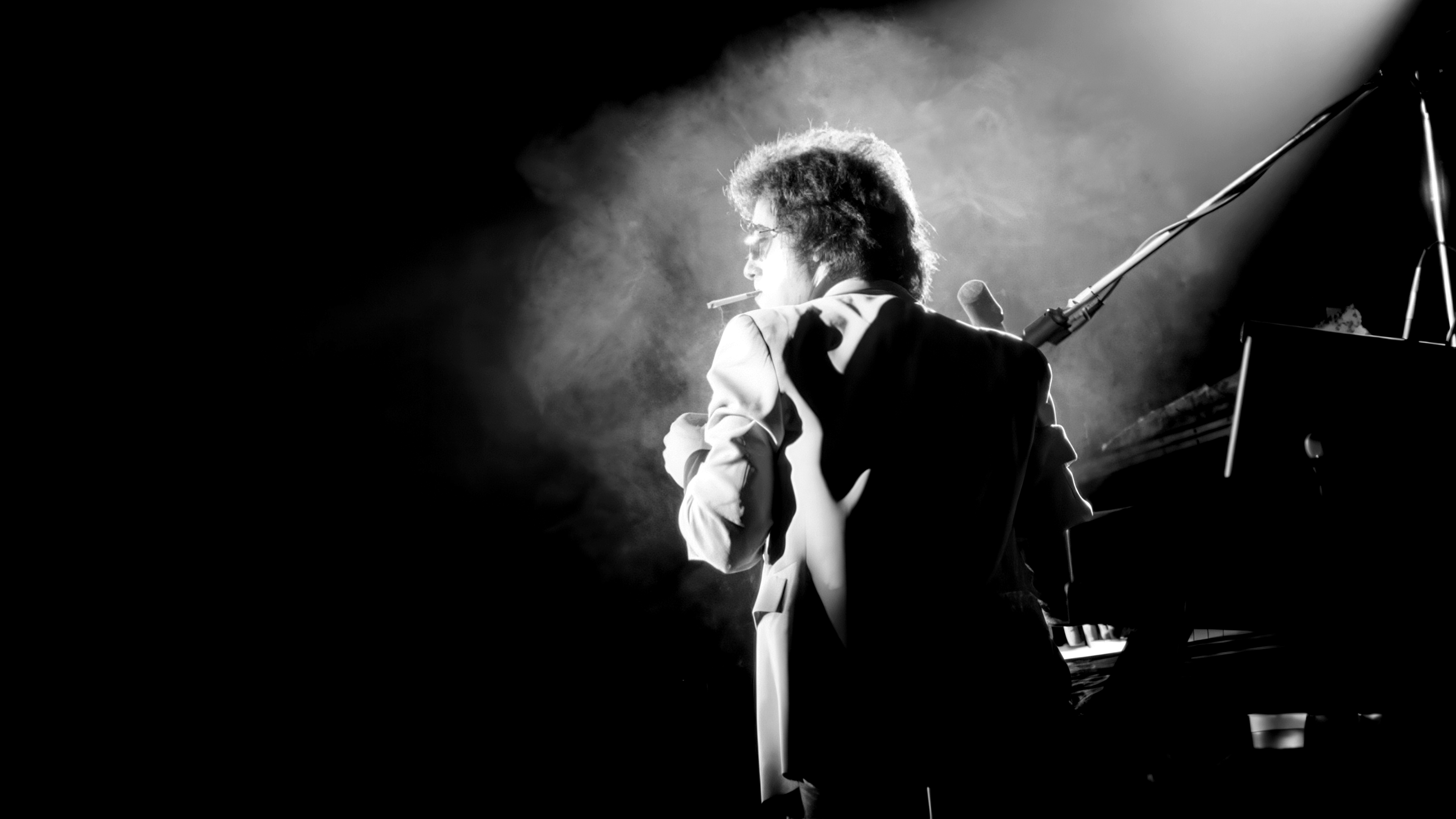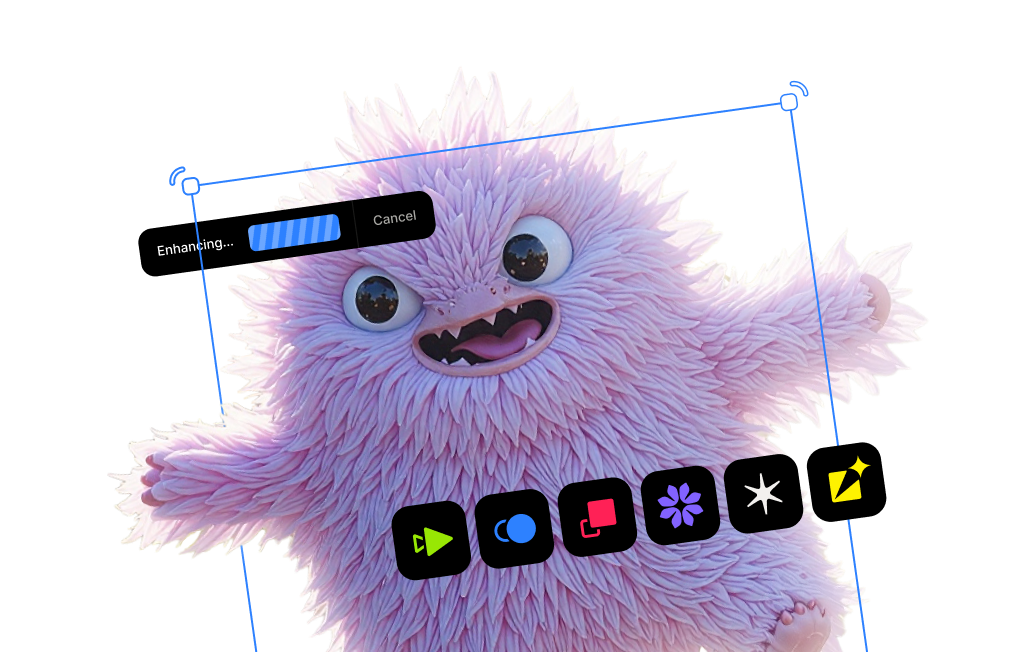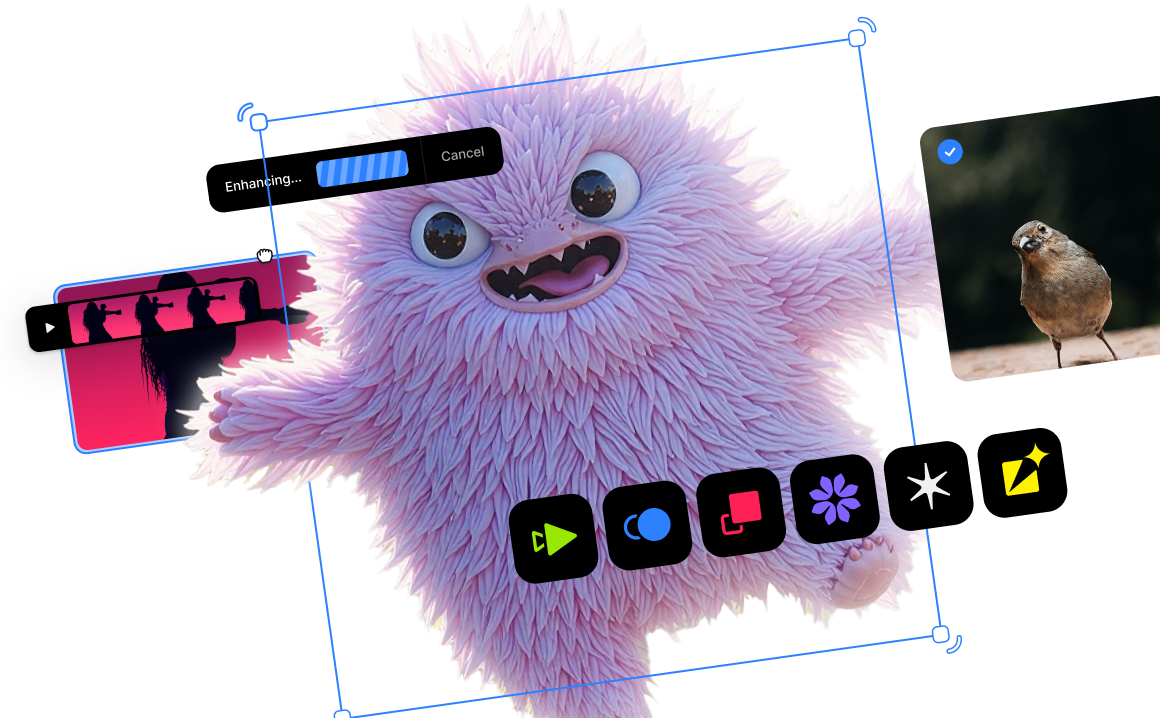Chronicling Billy Joel’s life and decades long career in music is an ambitious undertaking. The HBO documentary Billy Joel: And So It Goes spans five hours of interviews, archival footage, and concert performances, crafted under the direction of Susan Lacy and Jessica Levin. To bring this sprawling narrative into a cohesive viewing experience, the filmmakers turned to their longtime collaborators at Goldcrest Post for high-end color grading and finishing
Based in New York City, Goldcrest Post is a trusted name in picture and sound finishing for top-tier film and television content. Veteran colorist Ken Sirulnick and senior finishing artist Larry Schmitt brought their technical precision and creative instincts to the table, seamlessly blending decades of archival material with crisp new interviews. Important to their process was Topaz Video, the powerful enhancement tool used throughout the project to restore and upscale the legacy footage.
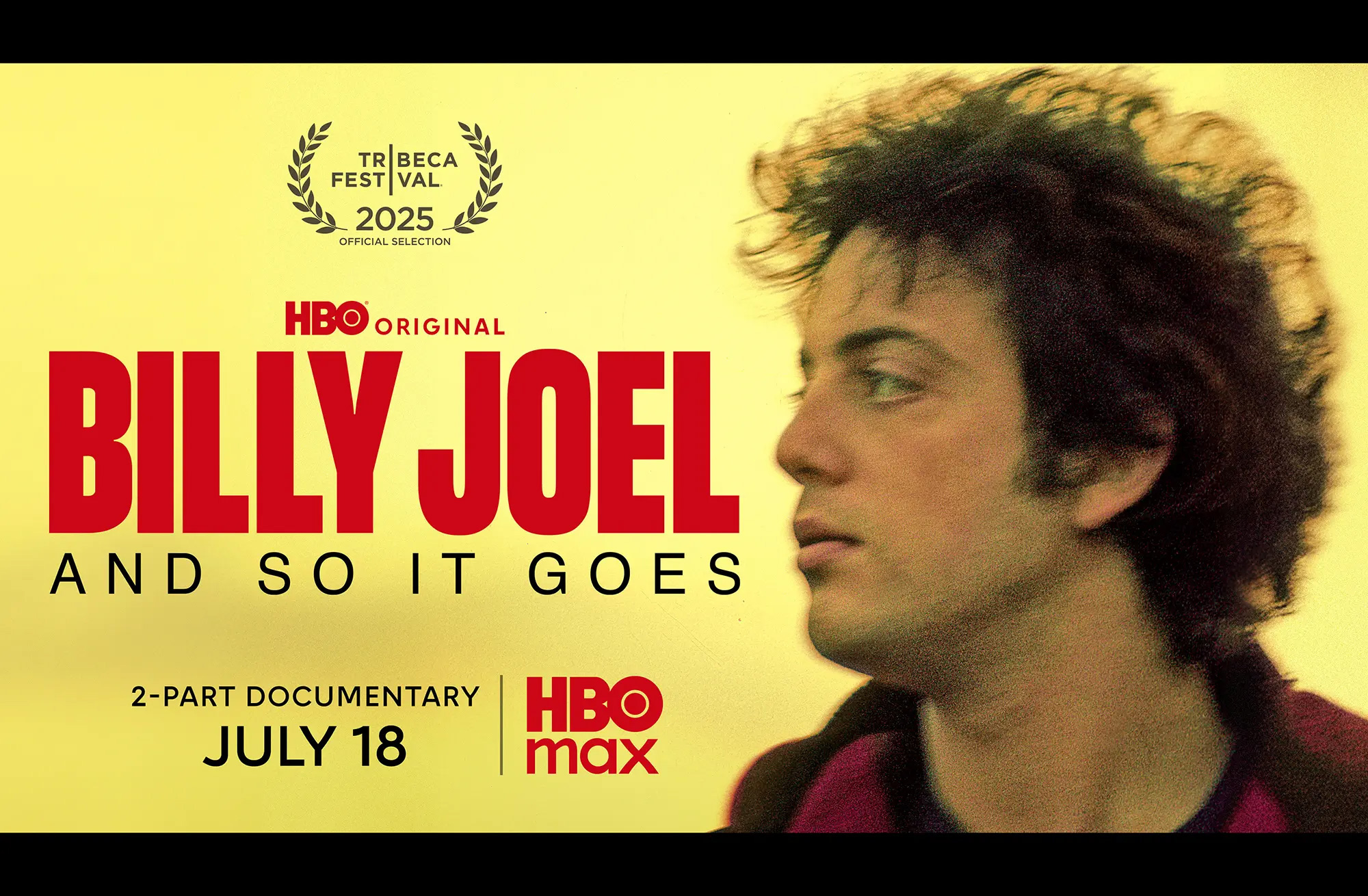
Project Overview
Goldcrest worked on the film for several months, with Ken handling color grading across both episodes and Larry overseeing the finishing process. The team dealt with an enormous range of source formats: everything from old VHS and standard definition tape transfers to high-resolution archival scans and modern 4K interviews.
"I probably spent about 6–8 weeks color grading the two episodes in DaVinci Resolve," said Sirulnick.”The biggest challenge finishing documentaries is dealing with multiple frame rates and making sure they all play as smoothly as possible. Most docs are finished at 23.97 frames per second but you get footage of all frame rates imaginable”.
Challenges in Archival Restoration
Working with archival material presents a number of well-known hurdles in the finishing process. Frame rate mismatches, baked-in interlacing, aspect ratio inconsistencies, and degraded or grainy quality are all common—especially when footage comes from a mix of sources like DVDs, analog film, and videotape.
"We were constantly upgrading clips throughout the process," said Sirulnick. "Sometimes we’d get better versions later in the schedule and had to swap them in."
Maintaining consistent film grain was another important consideration. “Sometimes we needed to degrain and regrain the older film clips to better match continuity in scenes with different quality of film and stocks,” added Schmitt.
For Schmitt, staying aligned with the editorial team was crucial to delivering the project on time and within budget. "With rights and clearances still in progress, we received episodes in chunks. Coordinating what was missing or needed replacement came with its own challenges. Direct communication with the editorial team, not just over email, was key."
"Topaz Video has become an essential part of our toolkit”.
While Goldcrest relies on a range of professional finishing tools including DaVinci Resolve and Grass Valley’s Alchemist, plenty of clips required more specialized treatment. "In many cases, Topaz Video was the obvious tool," said Sirulnick. "It does a great job with baked-in interlacing and was essential for rescuing some of the very low-quality clips."
Schmitt recalled a particularly difficult shot of Billy Joel riding a motorcycle, filmed by another motorist. "It was shaky, interlaced, and low-res. I tested six different Topaz models. Ultimately, the Proteus model, combined with careful use of the Recover Detail setting, gave me the best balance between realism and enhancement."
Workflow Highlights
Model Selection: Proteus and Iris were used most frequently. Rhea and Dione Robust were also tested depending on footage type.
Deinterlacing and Pulldown Removal: Topaz excelled at removing baked-in interlace combing and simplifying pull-down removal from 29.97 sources.
Upscaling Low-Res Footage: Many clips started at 640x480 or lower. By choosing 2x or 4x upscale options, Larry achieved cleaner, artifact-free results.
Color Continuity: Enhanced clips were often degrained and regrained to blend with better-preserved archival or newly shot footage.
Results
Topaz Labs played an important part in maintaining visual quality across five hours of content, allowing even the most compromised archival materials to sit comfortably beside new footage.
"Topaz has certainly made some otherwise unusable footage usable," said Sirulnick. "When used gently with the right settings, it can do a fantastic job."
"Topaz does a great job of making low quality footage blend seamlessly with higher resolution footage.” added Schmitt. “ It helps make the viewing experience better. It can also save filmmakers time and money by allowing lower quality footage to be used within the finishing process.”
“Topaz does an excellent job of upscaling the footage once you find the sweet spot.”
While rendering times remain a consideration, the team praised Topaz Video for its flexibility and effectiveness. They also shared feedback for future improvements, such as preserving source timecode in renders, especially helpful when working with in/out points. Looking ahead, the Goldcrest team has adopted Topaz Video as one of their go-to-tools for upscaling archival media.
Billy Joel: And So It Goes is a masterclass in how to integrate decades of visual material into a cohesive narrative. Thanks to the expertise of Goldcrest Post and the advanced capabilities of Topaz Video, the film preserves the emotional weight of its archival imagery without sacrificing visual fidelity. It’s proof that with the right tools, even the most challenging footage can find new life.
Billy Joel: And So It Goes is streaming now on HBO Max.




